Internal Migration:
Factual Overview
No. of internal migrants: 13.7 million[1] lifetime migrants
66.2%[2] of all migrants move from rural to urban areas in Bangladesh
Key destination areas:[3] Dhaka, Khulna, Rajshahi
Prominent sectors of employment for internal migrants: Ready Made Garment sector[4] (85% are internal migrants[5] ), Rickshaw pullers[6], Construction sector[7]
The Global Index Risk Report (2021)[8] placed Bangladesh at Rank 13[9].
a. Climate migrants in Bangladesh (prediction): 13.3 million internal migrants by 2050 as a result of climate change[10]
For more on internal migration in India and other countries in South and Southeast Asia, read our study Internal Migration in Asia.
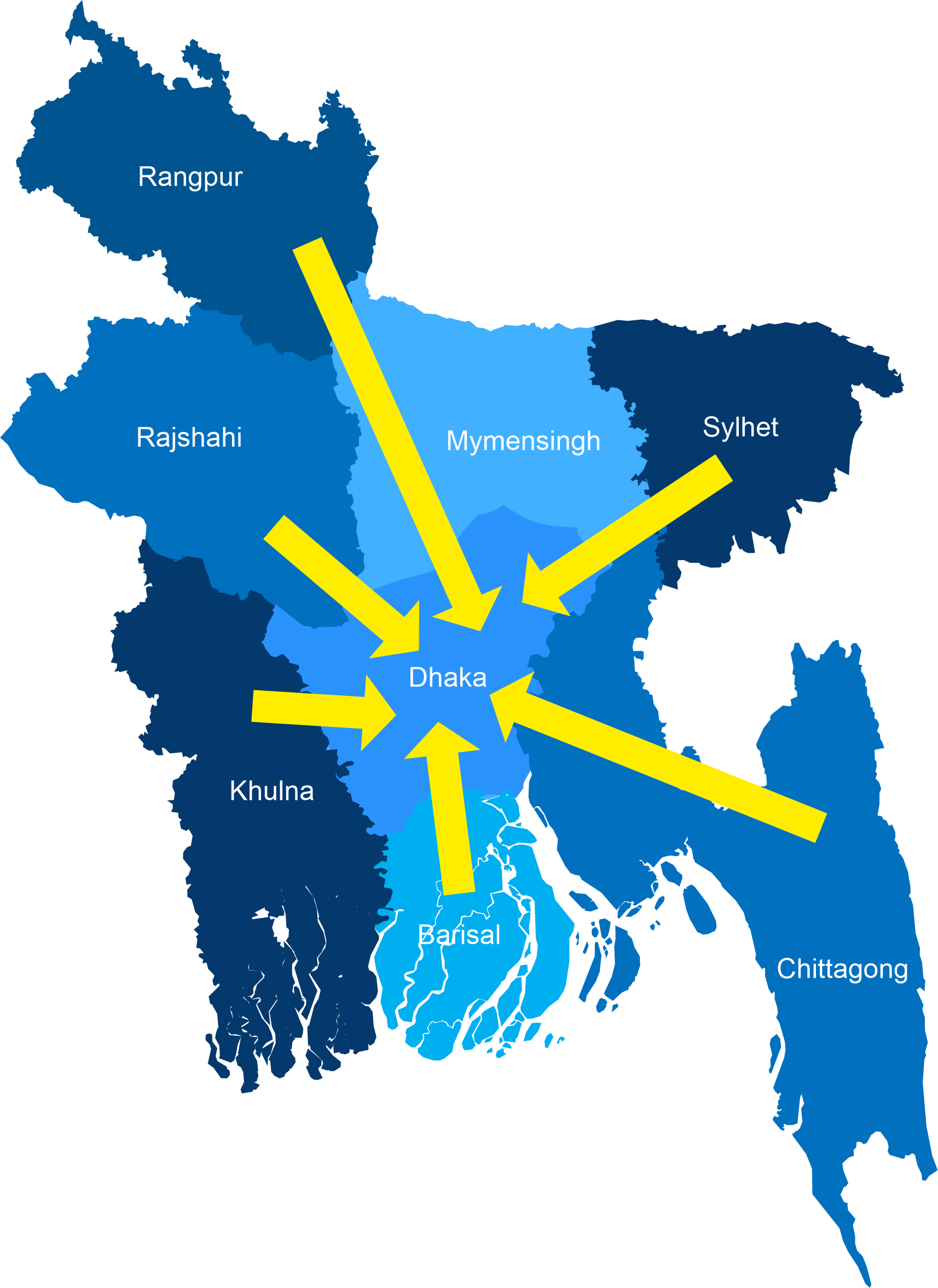
MRC in Bangladesh
Developing scalable, context-appropriate models to improve last-mile access of social protection
Collaborating with government and industry to build sustainable, systemic solutions to address challenges
Divisions MRC is active in
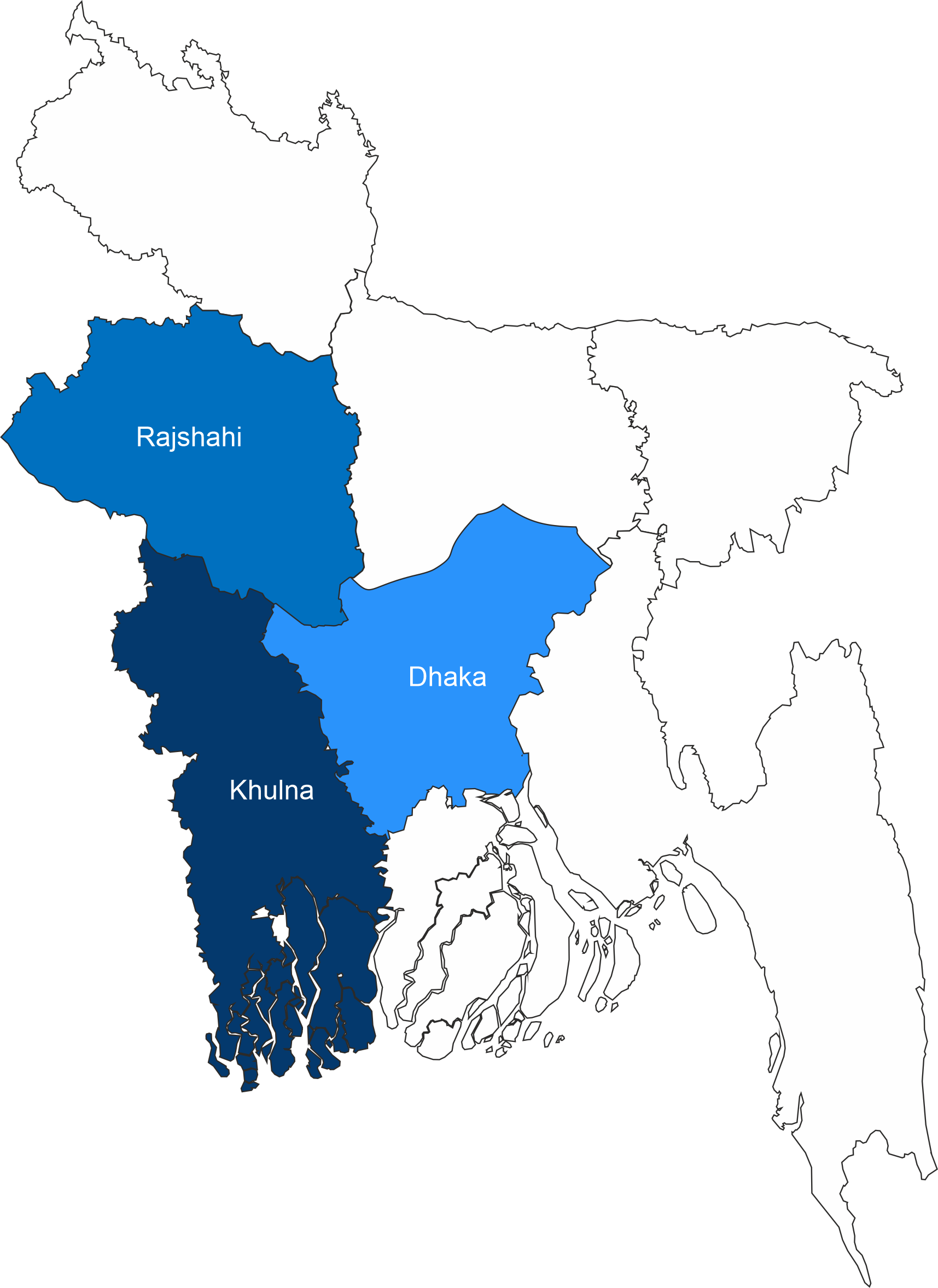
About internal migration in Bangladesh
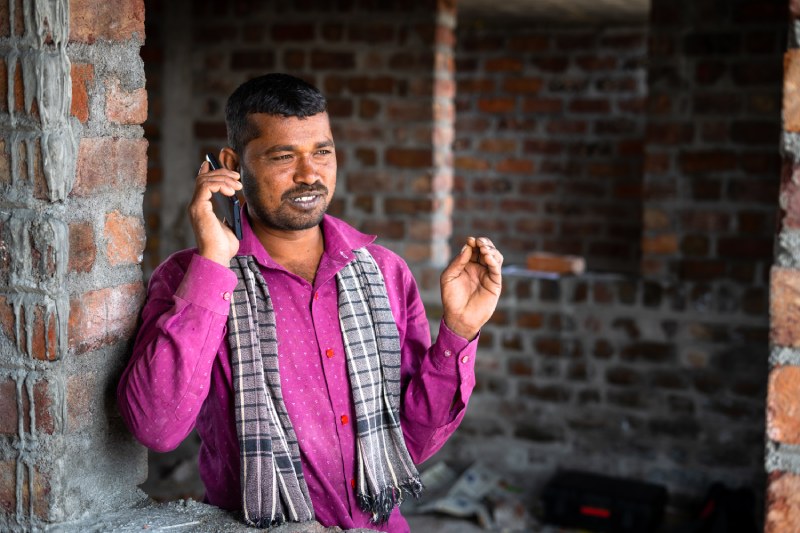
Bangladesh is witnessing rapid increase in rural to urban migration
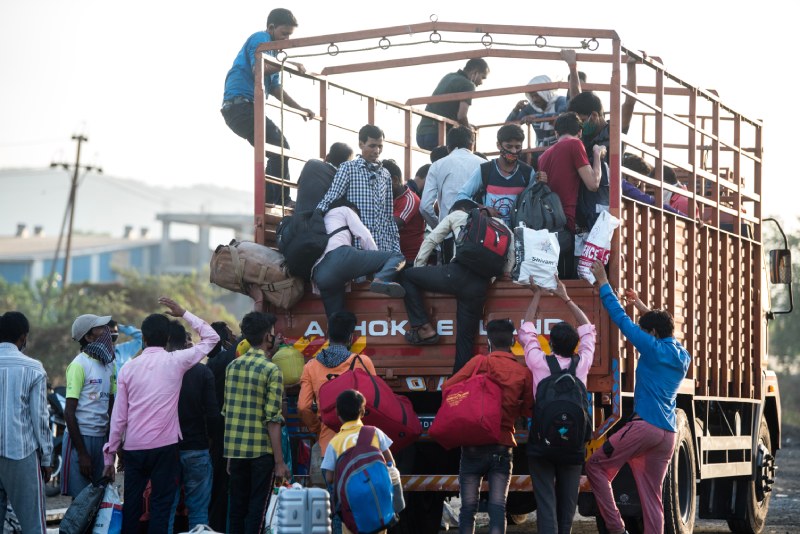
Climate change – both slow-onset and extreme events – are fuelling rural to urban migration in Bangladesh :
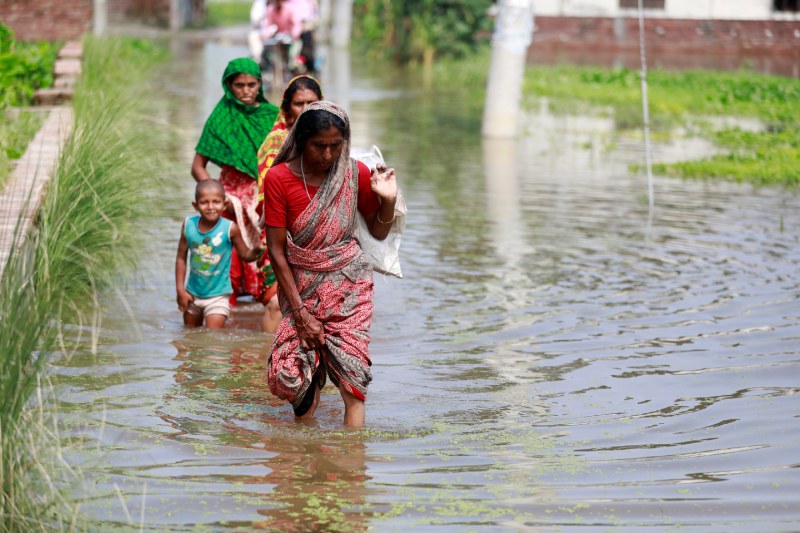
Challenges directly linked to labour laws increase vulnerability of migrant workers:
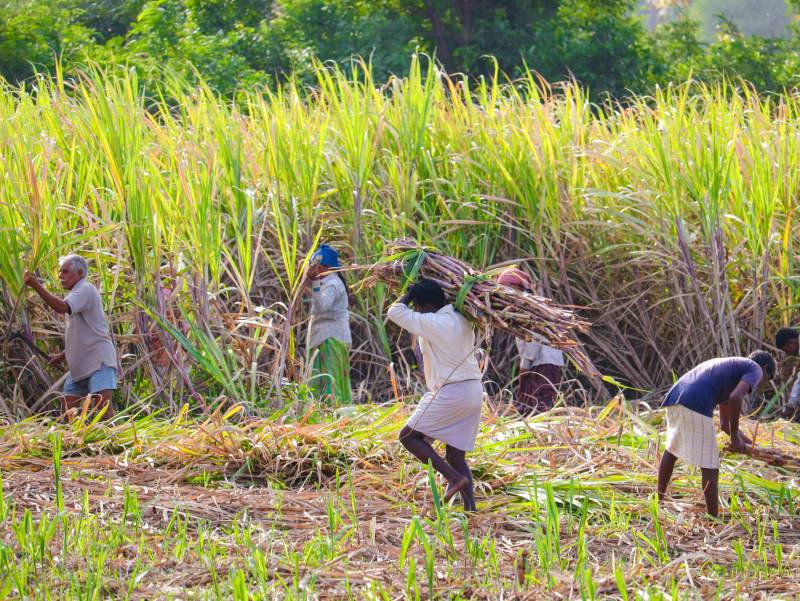
Design of existing schemes makes it challenging for migrants to access benefits:
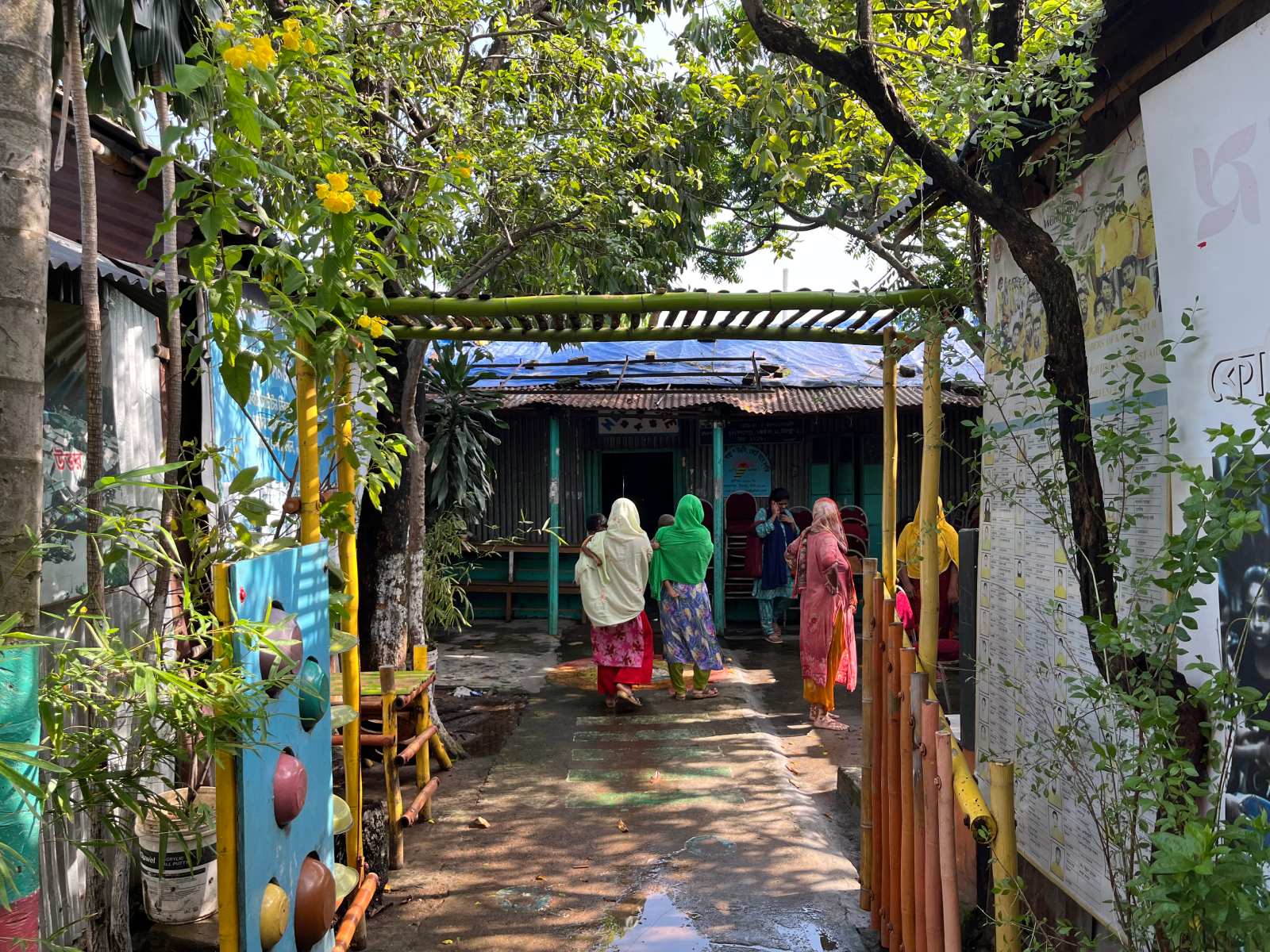
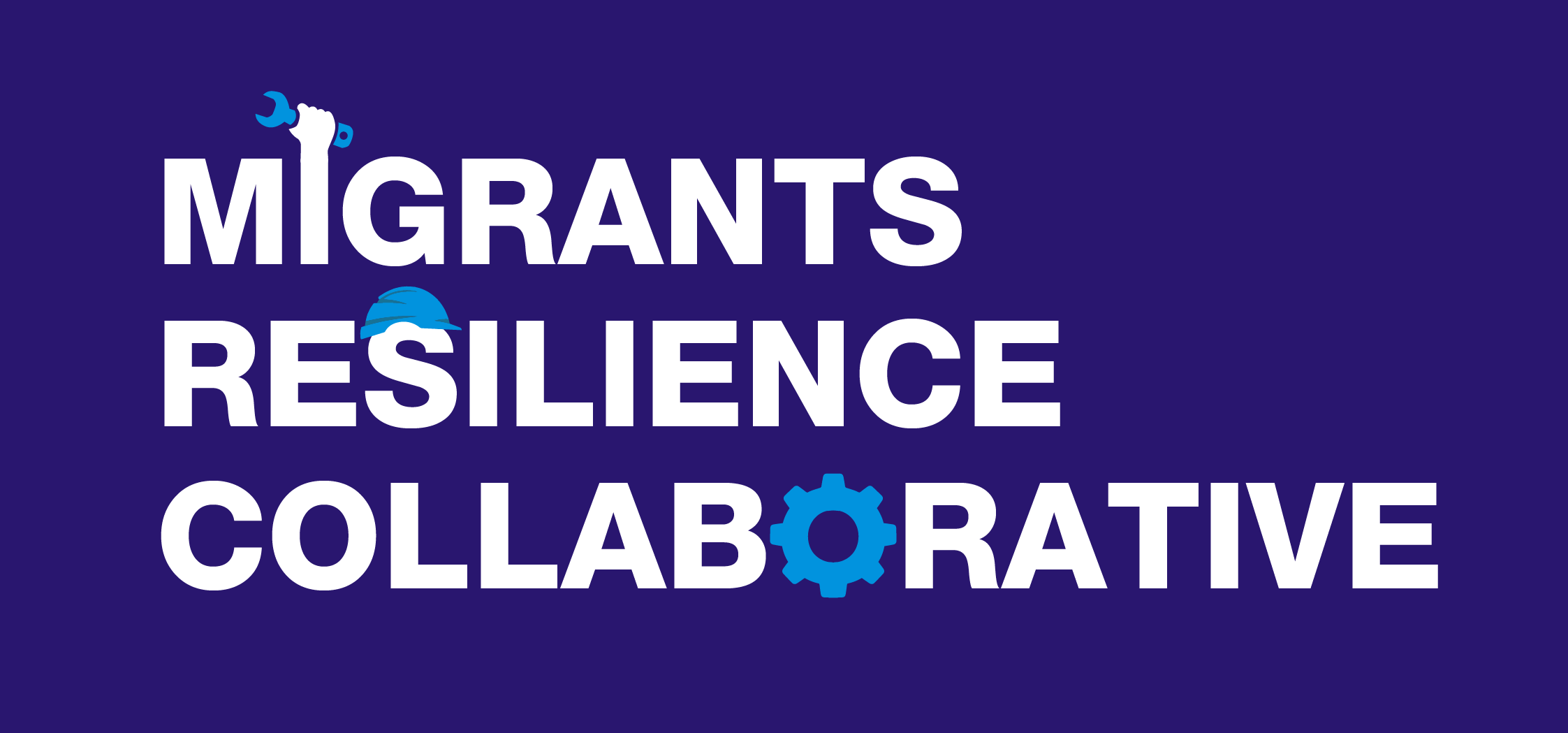
 logo.jpg)
 logo.png)
 logo.jpg)
 logo.png)
